Since the conception of waste management infrastructure, the ambition of these systems has been to carry out tasks with efficiency, comfort and convenience. Ensuring these conditions has contributed to the externalization of territories of waste from within cities. While this perception of infrastructure has served the general population well, it has also obscured the many less favourable realities of these systems.
As society trends towards a more sustainable future, this project looks for new ways to engage material waste within the public realm. Through the adaptive reuse of a 1920’s era garbage incinerator known as the Wellington Destructor, the project employs the building as a new kind of infrastructure oriented around alternative solutions to waste diversion. Opportunistic adaptations to the building's spaces facilitate circular economies of waste while also creating new opportunities for public engagement with the building's past and proposed future.
As society trends towards a more sustainable future, this project looks for new ways to engage material waste within the public realm. Through the adaptive reuse of a 1920’s era garbage incinerator known as the Wellington Destructor, the project employs the building as a new kind of infrastructure oriented around alternative solutions to waste diversion. Opportunistic adaptations to the building's spaces facilitate circular economies of waste while also creating new opportunities for public engagement with the building's past and proposed future.

Timeline of building’s use

Top: Toronto Archives 1925 exterior
Bottom: Toronto Archives 1928
tipping floor
Bottom: Toronto Archives 1928
tipping floor

Right: Building integration within park network
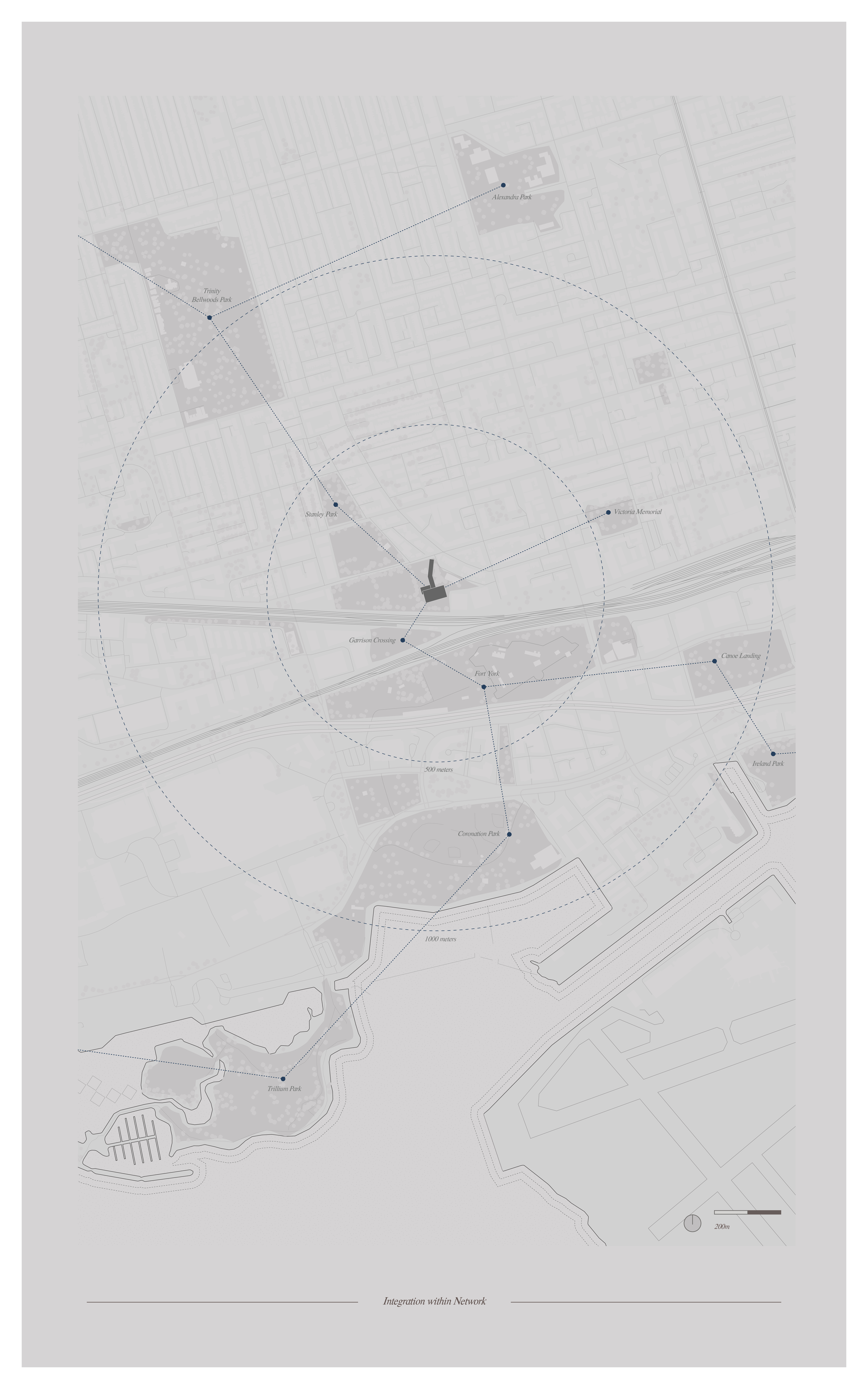

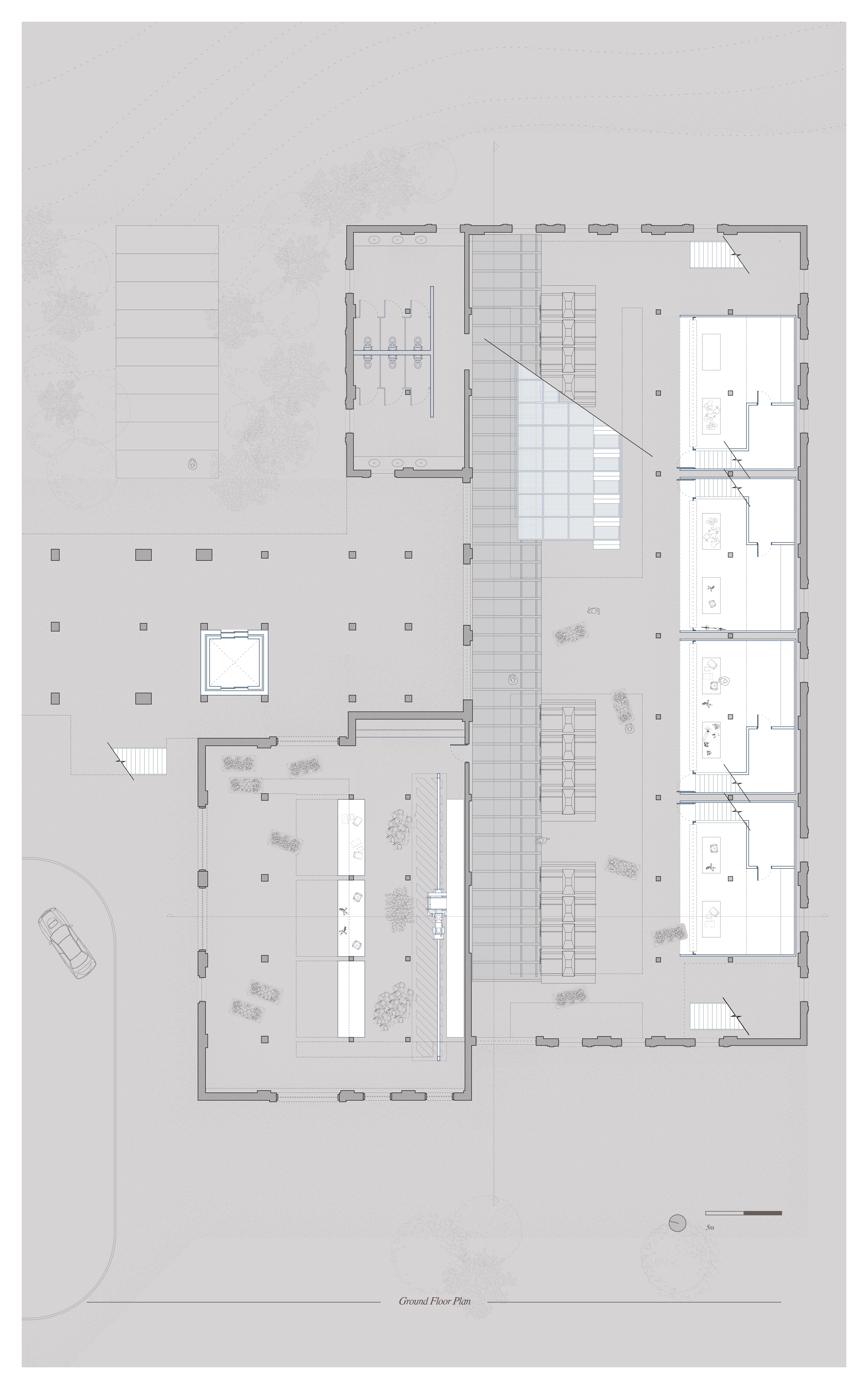 Ground plan
Ground plan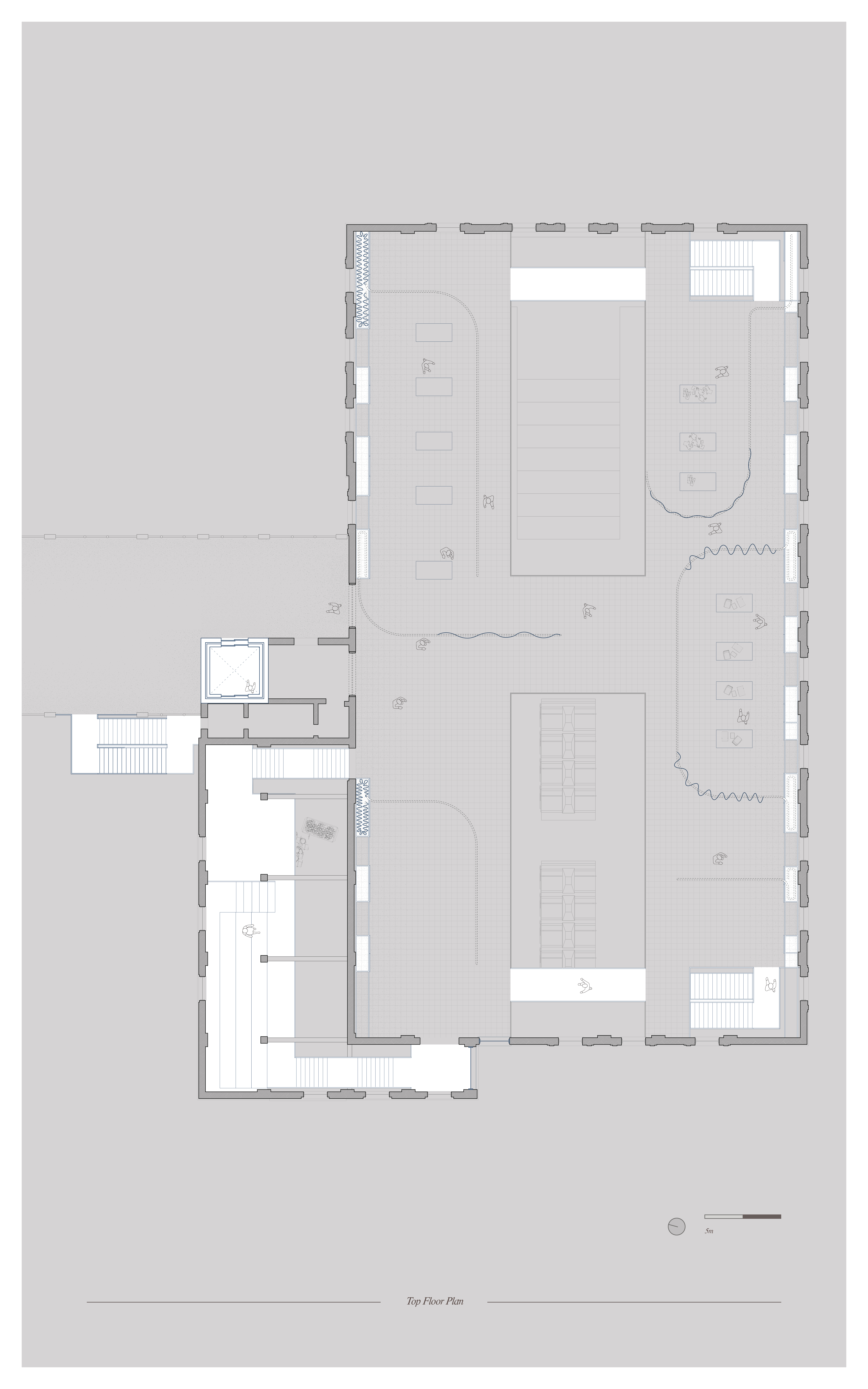
Upper plan
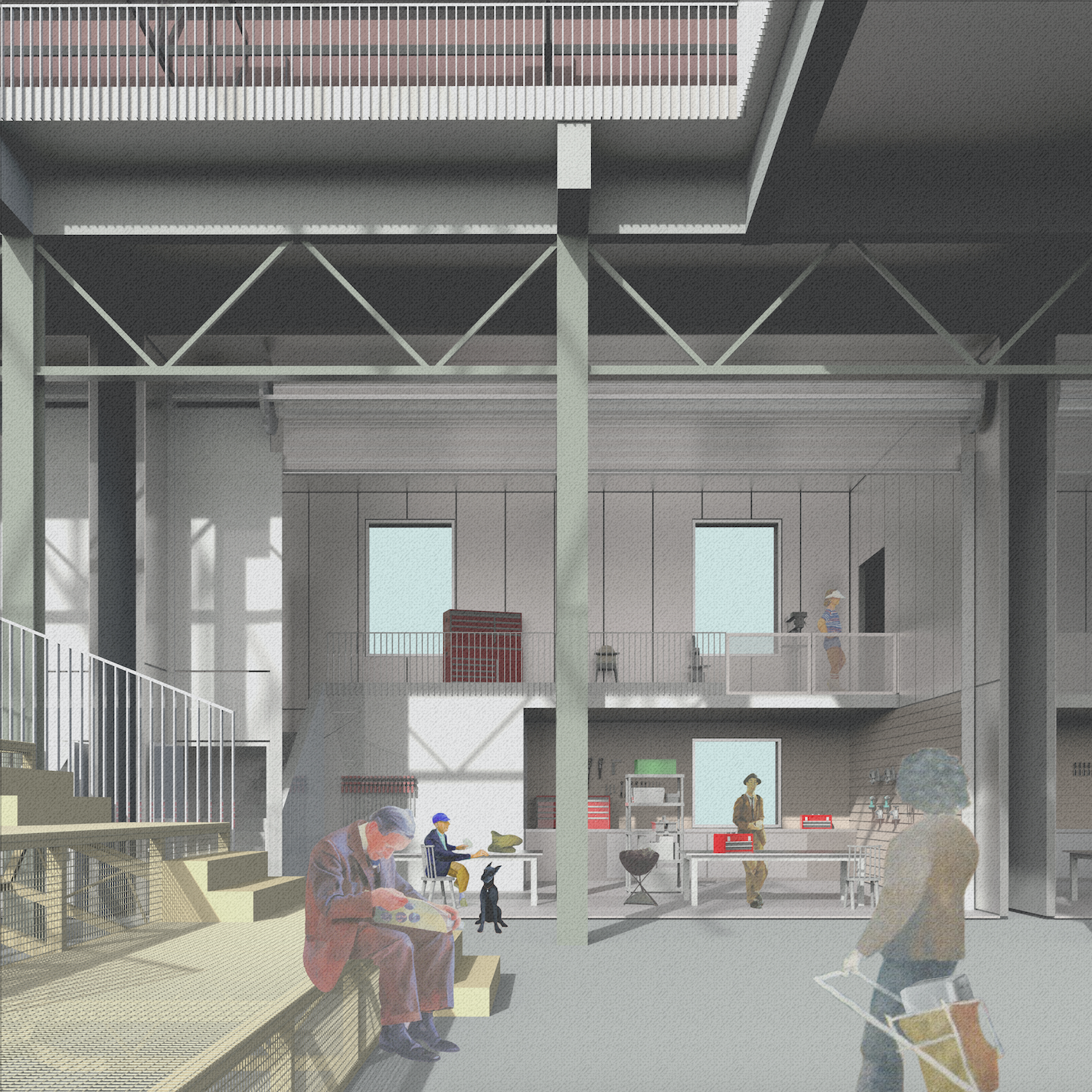
Render of workshop space
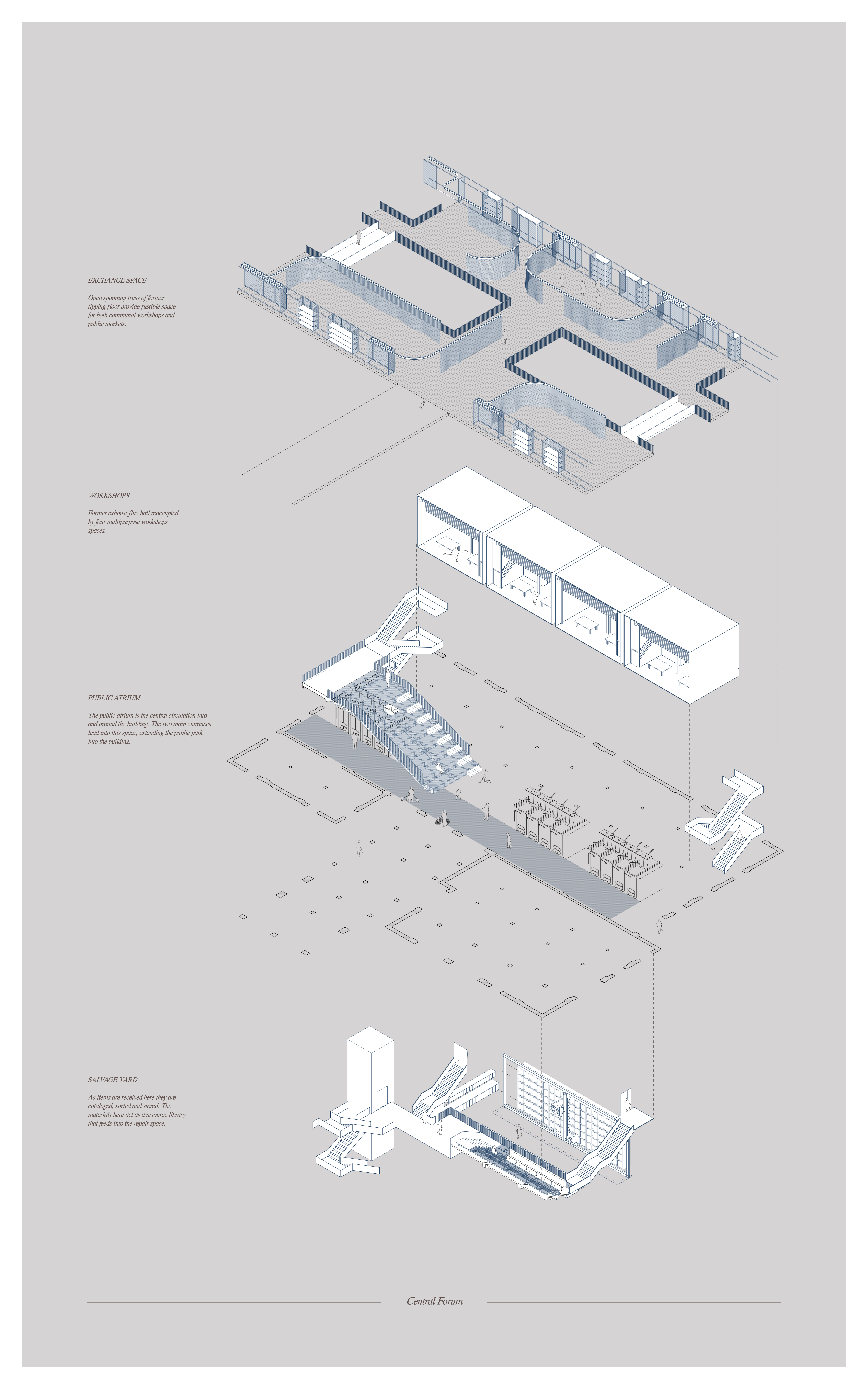 Interventions in building
Interventions in building
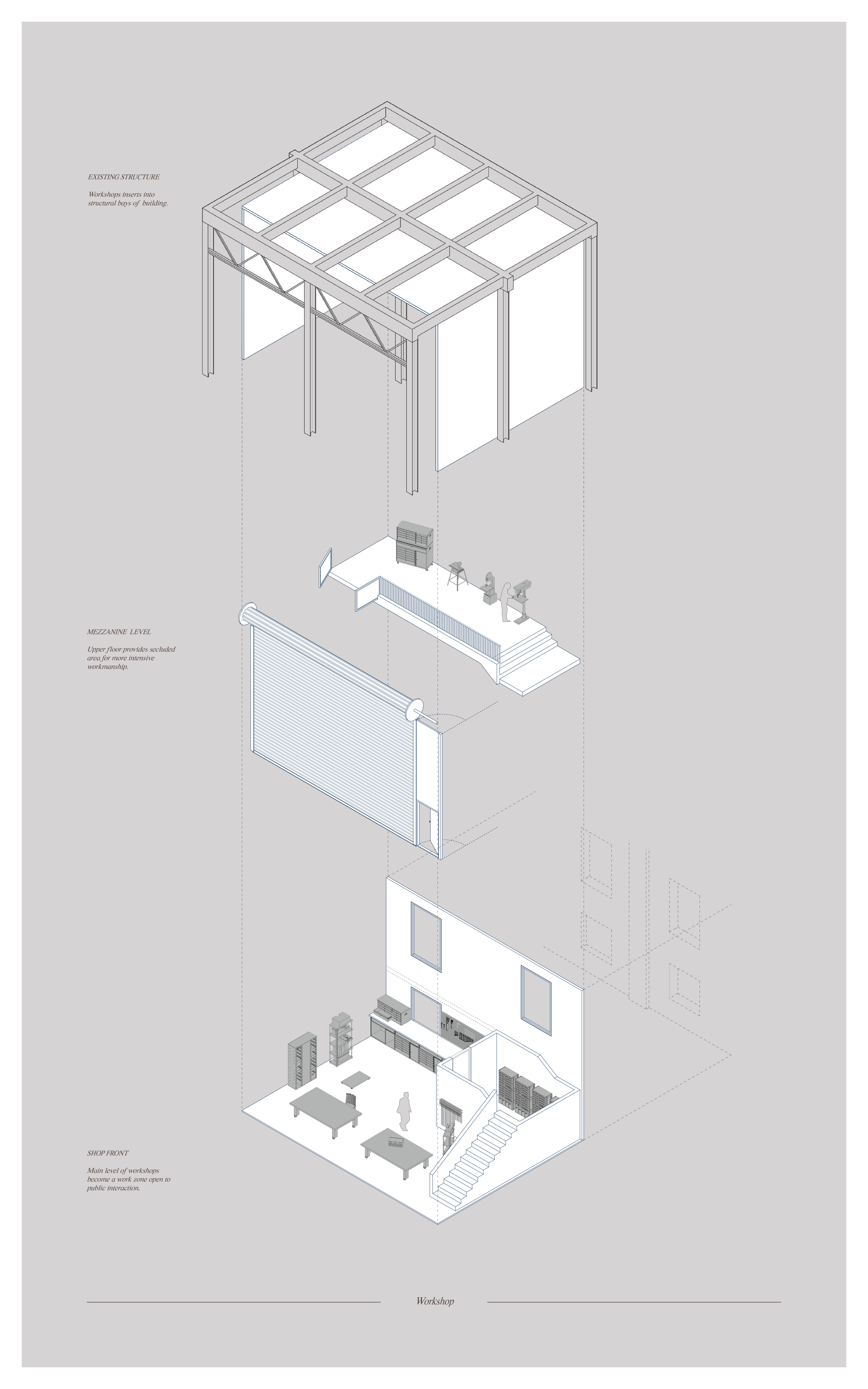


Interventions in isolation
![]()
Render of sorting room and drop-off / public observation
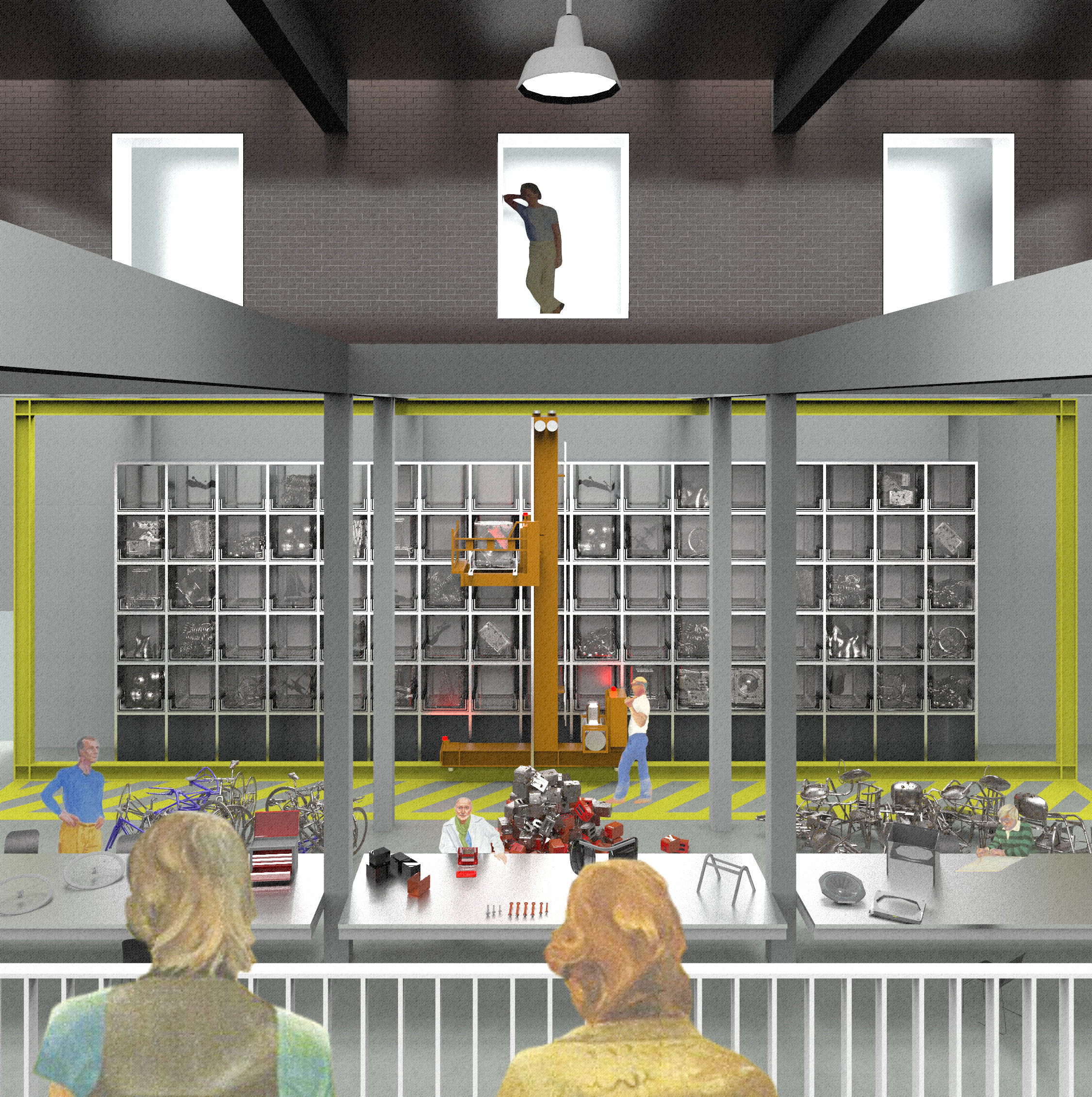
Render of sorting room and drop-off / public observation
Right: Flexible space used as market or public workshops

